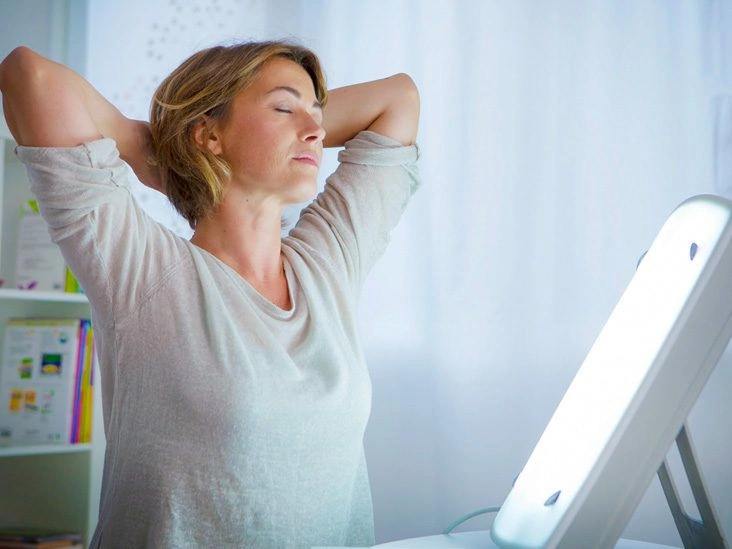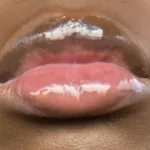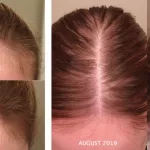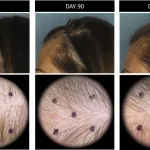Sun lamps can be helpful for treating major depressive disorder that follows a seasonal pattern when used correctly. Knowing how to use them may help ease depressive symptoms.

A sun lamp, often referred to as a SAD lamp or light therapy box, is a specialized light that imitates natural outdoor illumination. Bright light therapy, also called light therapy, is an established treatment for seasonal affective disorder (SAD).
SAD is a form of depression that appears during the autumn and winter months, when daylight hours are reduced.
Experts think the light from a sun lamp positively influences serotonin and melatonin levels. These neurotransmitters help regulate sleep–wake cycles. Serotonin also helps lessen anxiety and lift mood. Low serotonin levels have been associated with depression.
Sun lamp for seasonal affective disorder (SAD)
SAD is a form of depression that starts and ends at roughly the same time each year as daylight shortens. Individuals living far north of the equator are substantially more likely to experience it than those in sunnier regions.
SAD can produce incapacitating symptoms, such as:
- feeling down most of the day
- low energy
- thoughts of suicide
- sleeping more than usual
- unwanted weight gain
According to research, a gradual increase in light upon waking and 1 to 2 hours of light therapy that finishes at least 1 hour before bedtime can be effective in treating SAD.
Researchers also recommend daily exposure to bright light for 30 minutes to 2 hours in the morning to enhance outcomes. The necessary duration depends on the light’s intensity.
Evidence indicates that when used appropriately, light therapy seems to boost serotonin function and modulate melatonin production, improving mood and helping reset circadian rhythms for better sleep.
Studies note that light therapy can be helpful for people with depressive symptoms and for those experiencing seasonal bulimia nervosa symptoms.
A sun lamp is most commonly employed to manage SAD. It’s also used for other conditions, including depression and sleep-related problems.
Sun lamp for depression
Light therapy is sometimes used to treat certain forms of nonseasonal depression.
Research suggests that while light therapy is a primary choice for seasonal depression, 30 minutes of daily exposure can also be beneficial for nonseasonal depressive episodes.
It’s also advised to engage in activities that provide ample exposure to natural sunlight and fresh air, such as physical exercise.
Sun lamp for sleep disorders
Bright light therapy is an option for some sleep–wake disturbances.
Conditions like insomnia, jet lag, and shift work can disrupt your circadian rhythm — the internal “body clock” that helps you stay alert during the day and sleep at night.
When the circadian rhythm is disturbed, it can cause difficulty sleeping and extreme tiredness, and it can impair daily functioning.
Research indicates that sunlight is among the most powerful influences on your sleep–wake cycle.
Timed exposure to artificial light from a sun lamp can help realign circadian rhythms, improving sleep and wake timing.
For better results, experts recommend limiting exposure to bright lights at night and adjusting the timing of meals and exercise to match your desired sleep schedule.
Sun lamp for dementia
A review of studies indicates that prolonged durations of artificial light may contribute to the development of neurological disorders like Alzheimer’s dementia.
However, the review suggests that scheduled bright light in the morning and darkness in the evening may act as a protective factor against neurodegeneration. Although there’s no cure for dementia, bright light therapy may help improve:
- cognitive performance
- sleep duration and quality
- depressive symptoms
- appetite regulation
Sleep problems are common in people with dementia and often lead to agitation and low mood. Light therapy may help alleviate these issues.
Researchers are also studying the impact of light therapy and continuous 24-hour lighting plans in care settings. A 2018 study found that exposure to natural light benefits circadian stimulus potential and effectiveness in people living with dementia. In practice, this could support healthier sleep–wake patterns, boost energy, and enhance alertness.
Misconceptions about sun lamp uses
It’s important to understand that sun lamps made for tanning or for treating skin conditions are different from those intended for SAD and the other conditions discussed here.
SAD lamps filter out most or all ultraviolet (UV) radiation. Using an inappropriate lamp could harm your eyes and cause other adverse effects.
The lamps designed for SAD will not produce a tan or significantly increase vitamin D production.
Health risks
Sun lamps are generally considered safe because they emit little to no UV radiation. When side effects occur, they are typically mild and resolve within a few days.
Possible adverse effects include:
- headache
- eye strain
- nausea
You may reduce side effects by sitting farther from the sun lamp or shortening your sessions.
Certain medical conditions, such as macular degeneration, lupus, or connective tissue disorders, can increase light sensitivity.
Light therapy can also trigger a manic episode in people with bipolar disorder. Talk with a healthcare professional before using a sun lamp if you have any of these conditions.
How to use
For optimal results, the light from a sun lamp should enter your eyes indirectly. Keep your eyes open, but avoid staring directly at the light.

A lamp with an intensity of 10,000 lux is commonly recommended for SAD. That is about 9,900 lux brighter than a typical household lamp.
Different light intensities exist, and the recommended session length depends on intensity. Here’s how to use a sun lamp most effectively:
- Set the lamp on a table or desk 16 to 24 inches from your face.
- Angle the lamp about 30 degrees above your line of sight.
- Avoid looking straight into the light.
- Sit in front of the lamp for 20 to 30 minutes or follow the manufacturer’s or clinician’s recommendation.
- Try to use the lamp at the same time each day.
The takeaway
Regular use of a sun lamp may help improve mood and other symptoms of SAD. Consult a healthcare provider before starting, and always follow the manufacturer’s instructions.
If you decide to buy a sun lamp, they are commonly available online and in retail stores.


















Leave a Reply
You must be logged in to post a comment.